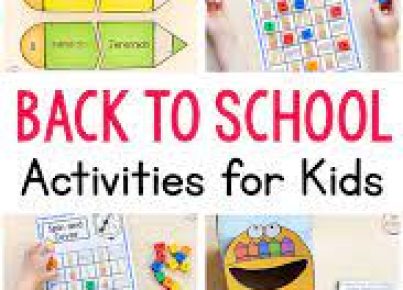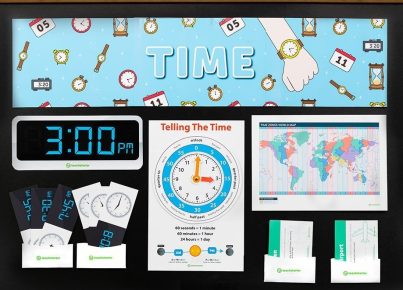As educators, we understand the importance of engaging students with the world around them, and what better way to do that than through exploring the seasons? Teaching about the seasons is not only a way to impart knowledge about the Earth’s patterns but also a chance to connect various subjects with a common theme. In this article, we’ll dive into a range of teaching resources that can help educators bring the vibrant discussion of spring, summer, autumn, and winter into their classrooms.
For Young Learners:
– Seasonal Storybooks: Picture books such as “Snow Rabbit, Spring Rabbit” by Il Sung Na and “Fletcher and the Falling Leaves” by Julia Rawlinson use lovely narratives and illustrations to introduce the concept of changing seasons.
– Interactive Bulletin Boards: A bulletin board that changes with the seasons can be a collaborative project where kids contribute themed artwork or seasonal observations.
– Seasonal Dress-Up Games: Online or physical games where children dress up an avatar or a classroom mannequin according to appropriate clothing for various weather conditions combine fun with learning about seasonal changes.
Science Class Integration:
– Phenology Investigations: Students can engage in tracking when specific plants in their area bloom or shed their leaves — an excellent real-world connection to ecology.
– Weather Data Analysis: Older students can plot temperature, daylight hours, or precipitation data to visualize how these factors change over the seasons and affect local climates.
Art Projects:
– Seasonal Collages: Using different materials like leaves, twigs, and cotton balls to represent snow, children can create collages that show what they think each season feels like.
– Season Wheels: Creating a spinning wheel divided into sections for each season can help students visualize how they succeed one another and what natural events signify each one’s beginning.
Language Arts Connections:
– Season-Themed Creative Writing: Prompts asking students to describe their favorite season or compose a story set in a particular season encourages them to use descriptive language.
– Poetry Exploration: Reading and writing haikus about seasons allow students to express feelings associated with each time of year poetically.
Mathematics Tie-ins:
– Graphing Seasonal Temperatures: Students can practice graphing skills by charting seasonal temperatures over the course of a given period – an excellent exercise in detecting patterns.
– Seasonal Timelines: By creating timelines marking out school events according to the seasons, students learn about sequences and timing within a year’s framework.
Last but not least, field trips (virtual or real) to farms or nature reserves during different times of year give kids firsthand experiences of how environments change. These resources provide dual benefits: they vary teaching methods and enrich student learning through active engagement. Seasons are recurring themes that are relatable for children across cultures – making these resources highly adaptable for diverse classrooms. Whether you’re painting with ice in winter or planting seeds in spring, embracing seasonal changes in your curriculum brings excitement and variety all year round.





